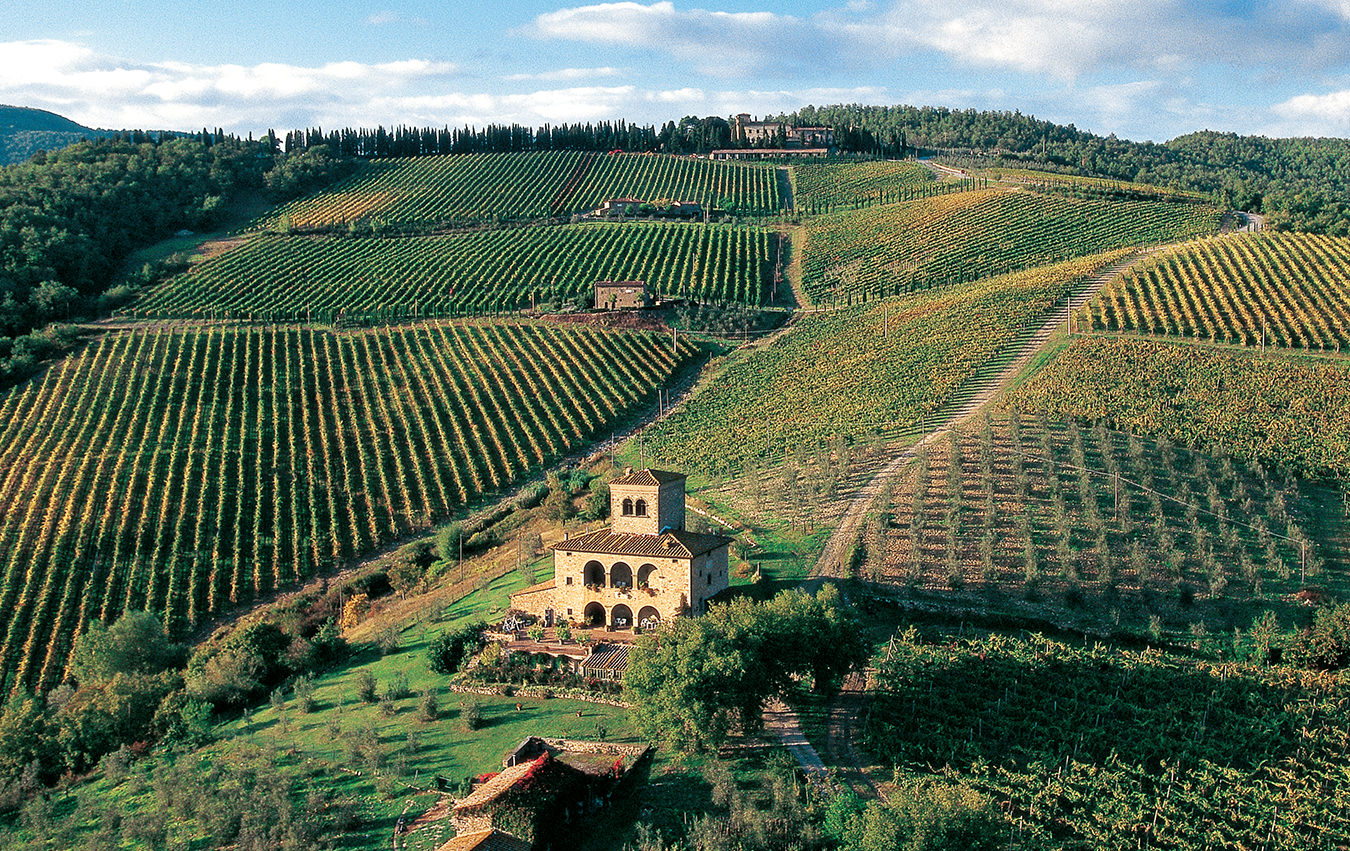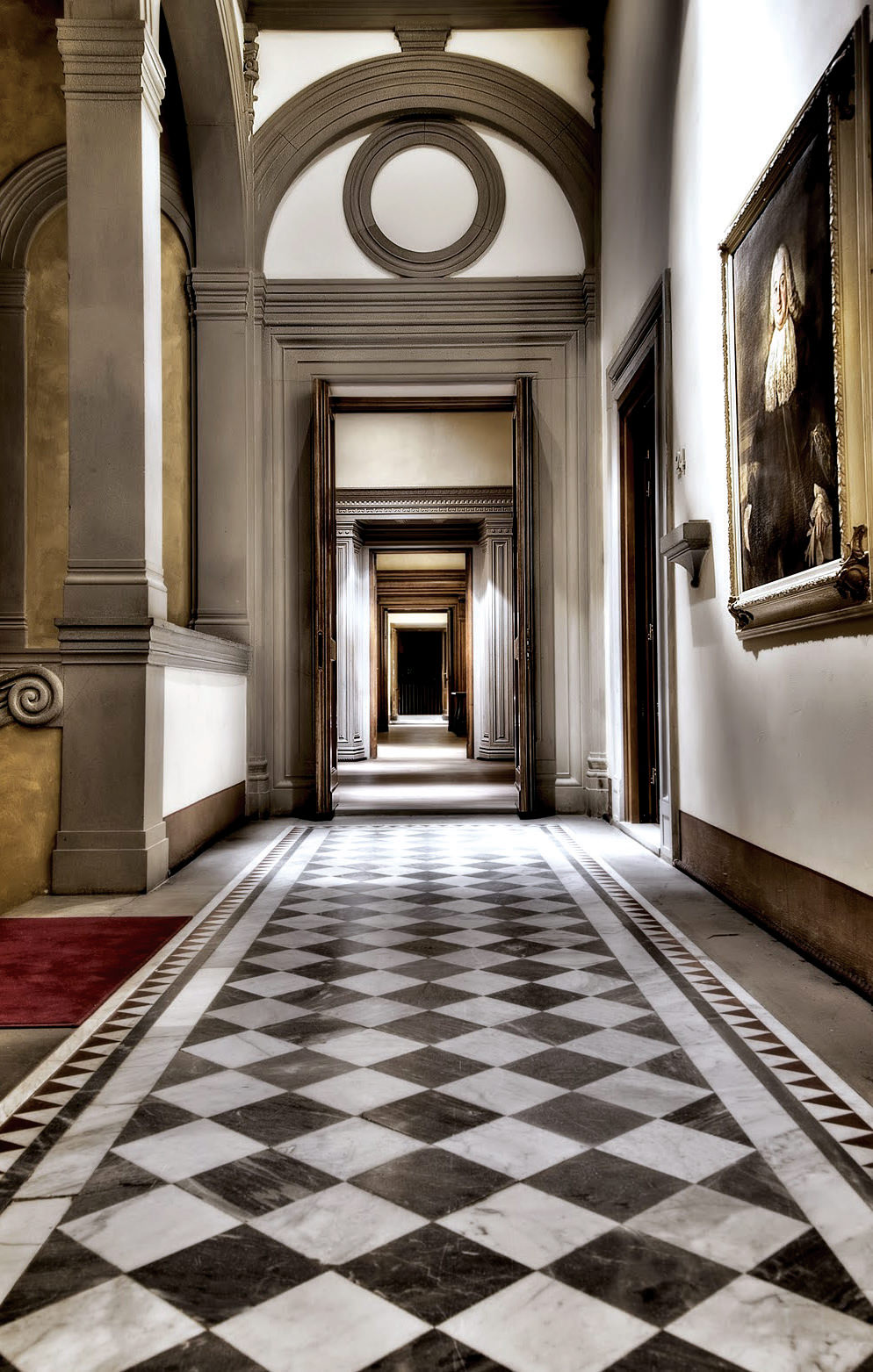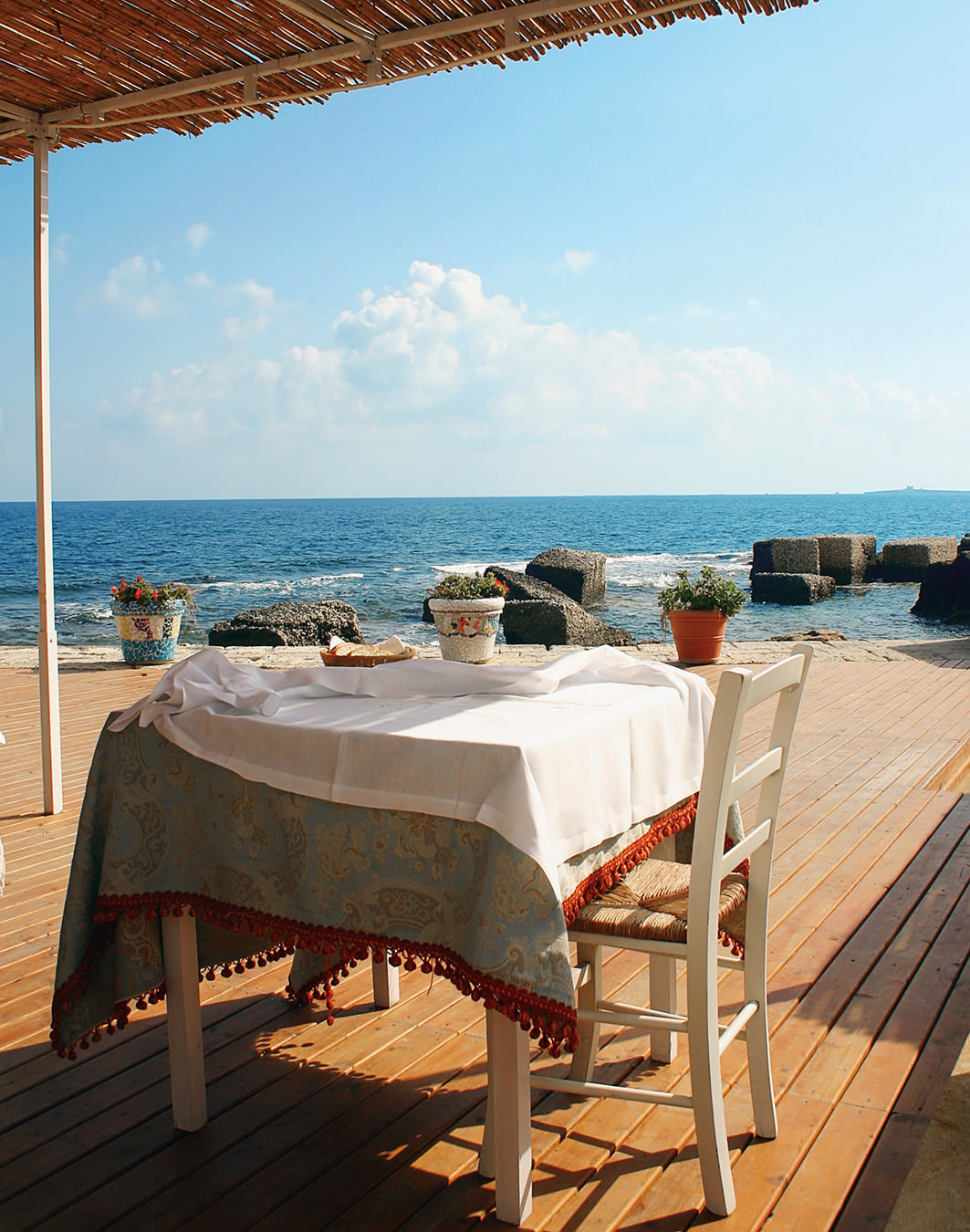The Wines of Tuscany
Classic Chianti.
If any landscape looks timeless—or (a more modest claim) as if it hasn’t changed for many centuries—it is Tuscany’s. The major cities, like Florence and Siena, seem to have largely resisted the impact of industrialization and the worst of modernization, and have retained their medieval and Renaissance cores. In the countryside, even if you take modern highways to get there, you’ll find hundreds of red-roofed villages huddled on the hilltops, rows of the tall, slender ciprese (cypress) that make Tuscany so identifiable, and endless groves of olives. And vineyards, of course—the vineyards that have covered the region’s slopes for more than 2,000 years.
But behind the landscape, Tuscany’s wine industry is anything but timeless. Grape varieties have changed, new styles of wine are made, labelling categories have been added, and innovative technologies have been introduced. For all the talk by many producers and winemakers about tradition as if it means lack of change, the real tradition in Tuscany’s wine is a history of change and adaptation, and none of its wine regions exemplify it better than Chianti Classico.
The Chianti region was first defined as far back as 1716, but in the centuries that followed it was expanded to include other parts of Tuscany. In 1932, the process stopped. A wine law defined the current appellation, and within it the Chianti Classico region, which closely resembled the area that was originally demarcated in 1716. Broadly speaking, Chianti Classico lies between Florence in the north and Siena in the south, and the legal description of its boundaries harks back to an earlier time: the boundary, it reads in part, “follows a mule trail, descending to 257 metres, where it meets a cart track giving on to the road to Castelnuovo Berardenga.”
Just as the limits of the Chianti region have shifted over time, there have also been changes in the grape varieties from which Chianti can be made. Chianti wine was first mentioned in 1398, but the first recipe was set down in the 1870s by Baron Bettino Ricasoli, who promoted sangiovese from supporting to starring role in Chianti. Ricasoli also allowed other red grapes to give more body and colour and some white grapes to provide aromatics, but his recognition of the quality of sangio-vese was genius. Now, wines labelled Chianti Classico must have between 80 and 100 per cent sangiovese, with up to 20 per cent other red varieties of the area. Since 2006, white grape varieties have not been permitted.
And change continues. The Chianti Classico 2000 Project that started in the 1980s was a 16-year study that included research on vineyard techniques and hundreds of different clones of the region’s main varieties. Aiming to identify the best practices for Chianti Classico’s varied growing conditions and soils, the project challenged the widespread notion that appellations as old as this have irrevocably settled on the most suitable vines and techniques.
Although some of the Italian varieties are declining in popularity among Chianti’s producers, a few continue to grow them, partly for reason of tradition. Tommaso Marrocchesi Marzi, the owner of Bibbiano, includes the colorino variety in some of his Chianti Classico wines, because it not only (as its name suggests) intensifies wine colour but also gives complexity to the appearance of his vineyards. “After the harvest, colorino has distinctive red and amber leaves, so I keep it for aesthetic purposes,” he says. The aesthetics extend to his wines, and the Bibbiano Chianti Classico 2010 (sangiovese “with a touch of colorino”) delivers depth of flavour, attractive layering, and very good structure.
At Castello Vicchiomaggio, a 15th-century castle built on the site of an Etruscan fortress, owner and winemaker John Matta has ripped out the old white varieties and planted new clones. And at Castello di Gabbiano, an experimental parcel of vines includes seven different clones of sangiovese.
The real tradition in Tuscany’s wine is a history of change and adaptation, and none of its wine regions exemplify it better than Chianti Classico.
Along with changes being permitted to the varieties in the wines of Chianti Classico, a new quality tier was recently added. In addition to basic Chianti Classico and Chianti Classico Riserva (which must be aged longer), there is now Chianti Classico Gran Selezione, analogous to a grand cru. To qualify, a Chianti Classico Gran Selezione must be aged for a minimum of 30 months, including three months in the bottle, and the grapes must be grown on the producer’s own estate (not purchased from other growers). Chianti Classico Gran Selezione wines will be tasted (the new production regulations go into effect in early 2014) by independent commissions that certify wines in the Gran Selezione category.
The new tier has been controversial among the region’s 600 producers; some think it unnecessarily complicates things for consumers, although most believe a third tier is needed. For many, the change means simply relabelling an existing wine that already meets Gran Selezione criteria. Castello di Gabbiano’s Bellezza, made 100 per cent from sangiovese grapes growing in the Brodini vineyard near the castle, will cease being a Chianti Classico Riserva and become a Gran Selezione. Bellezza effortlessly makes the grade, with solid, focused fruit and the high-toned texture characteristic of the region.
Gran Selezione is expected to make up only 6 to 8 per cent of total production, so most of the appellation’s wine remains in the Chianti Classico and Riserva categories—which is not to say they surrender quality in any way. A tour of the region’s producers reveals countless examples of fine wines, whether from large wineries such as Antinori, Rocca delle Macìe, and Ruffino or from the hundreds of small wineries. Ruffino’s Riserva Ducale and Riserva Ducale Oro (a blend of sangiovese, cabernet sauvignon, and merlot) are widely available and represent real value for the quality. The same is true of the Chianti Classico wines of Rocca delle Macìe.
Then there are smaller producers, like Fontodi, whose vineyards (and those of another 20 Chianti Classico wineries) lie in an amphitheatre-shaped valley near the village of Panzano. Fontodi’s owner, Giovanni Manetti, is doing experiments with natural, 100 per cent sangiovese wine in big terracotta vessels, but he blends some immigrant varieties into his mainstream wines. Fontodi Vigna del Sorbo Chianti Classico Riserva (sangiovese with 5 per cent cabernet sauvignon) is a stylish single-vineyard wine that will become the winery’s Gran Selezione.
Another smaller producer, Castello di Volpaia, makes some impressive limited-volume wines. One Chianti Classico, Casanova Il Puro 2009, which is all sangiovese, delivers a winning combination of power and structure with elegance and silkiness, but only 3,000 bottles were made. The winery’s owner, Giovannella Stianti Mascheroni, has replanted almost all the vineyards in the past 30 years and is committed to making wine in what she calls “the Italian style,” which includes using barrels judiciously (flavours of the oak do not overpower the wine). She says that the Super Tuscans—big and often high-alcohol reds that challenged Italian wine law in the 1970s—“don’t have the appeal they used to have.” She’s far from alone among Chianti Classico producers who stress the need to dial back on barrel influence so as to respect sangiovese.
There will be plenty of change as Chianti Classico’s wines evolve, but there’s an evident commitment to preserving the physical and cultural landscapes. There’s no clearer example than the new Antinori winery near Bargino. Seven years in the making, the winery is built deep in a hill, with many levels underground so that it has minimal impact on the landscape. It includes terracotta-tiled cellars that are reminiscent of cathedrals in their scale. A different but equal concern for the environment is demonstrated at Rocca delle Macìe, where vines grow in biodiverse harmony with olive and fruit trees, cereals, and beehives.
Although it’s a relatively small appellation of 7,000 hectares and 600 producers, Chianti Classico defies generalization. Every producer, it seems, is thinking hard about every step of the winemaking process, from vine selection to barrel aging. Chianti Classico may hold to deep traditions in landscape and shallower traditions in winemaking, but these continuities blend as seamlessly with innovations as sangiovese does with merlot and colorino in many of the region’s wines.






